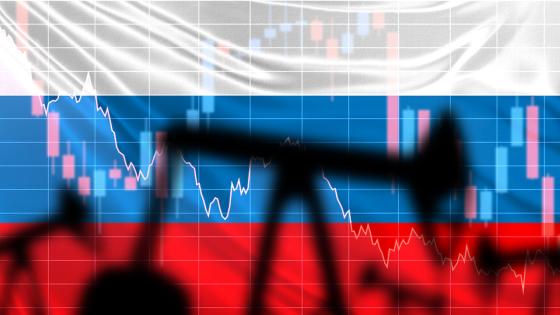DP9297 Quantifying the Speculative Component in the Real Price of Oil: The Role of Global Oil Inventories
One of the central questions of policy interest in recent years has been how many dollars of the inflation-adjusted price of oil must be attributed to speculative demand for oil stocks at each point in time. We develop statistical tools that allow us to address this question, and we use these tools to explore how the use of two alternative proxies for global crude oil inventories affects the empirical evidence for speculation. Notwithstanding some differences, overall these inventory proxies yield similar results. While there is evidence of speculative demand raising the price in mid-2008 by between 5 and 14 dollars, depending on the inventory specification, there is no evidence of speculative demand pressures between early 2003 and early 2008. As a result, current policy efforts aimed at tightening the regulation of oil derivatives markets cannot be expected to lower the real price of oil in the physical market. We also provide evidence that the Libyan crisis in 2011 shifted expectations in oil markets, resulting in a price increase of between 3 and 13 dollars, depending on the inventory specification. With regard to tensions with Iran in 2012, the implied price premium ranges from 0 to 9 dollars.

